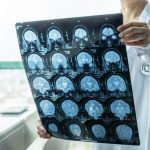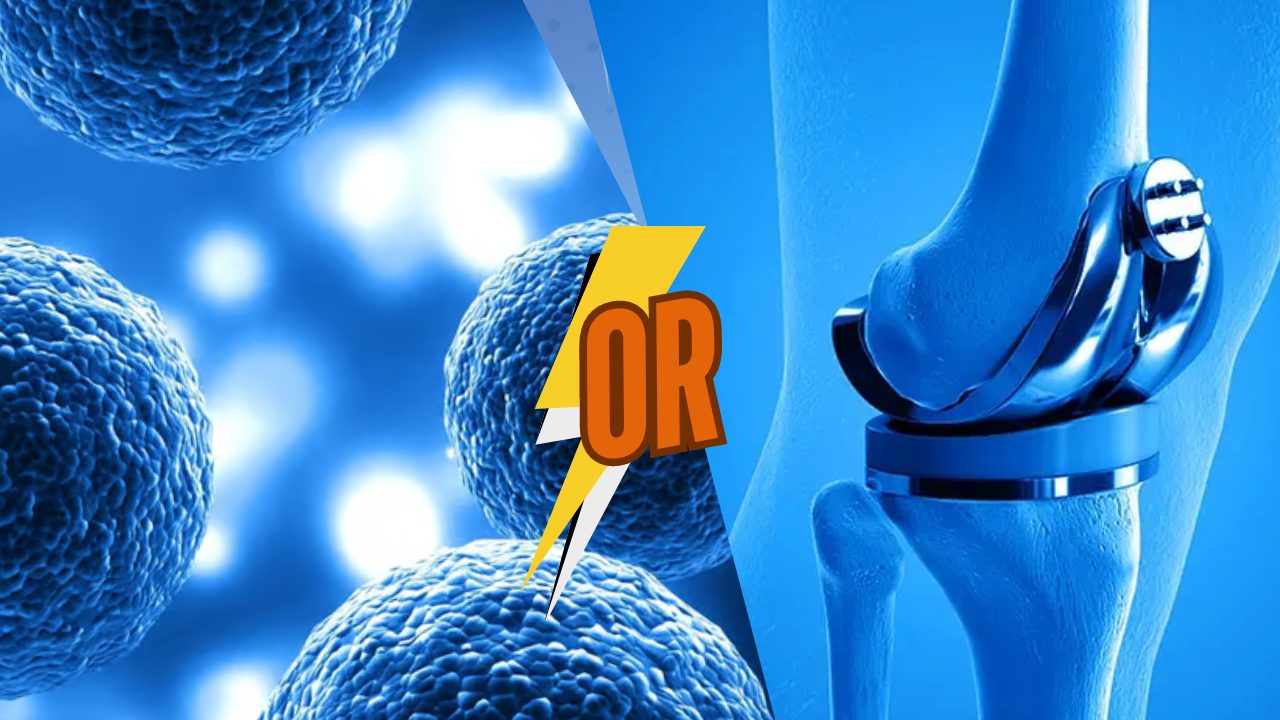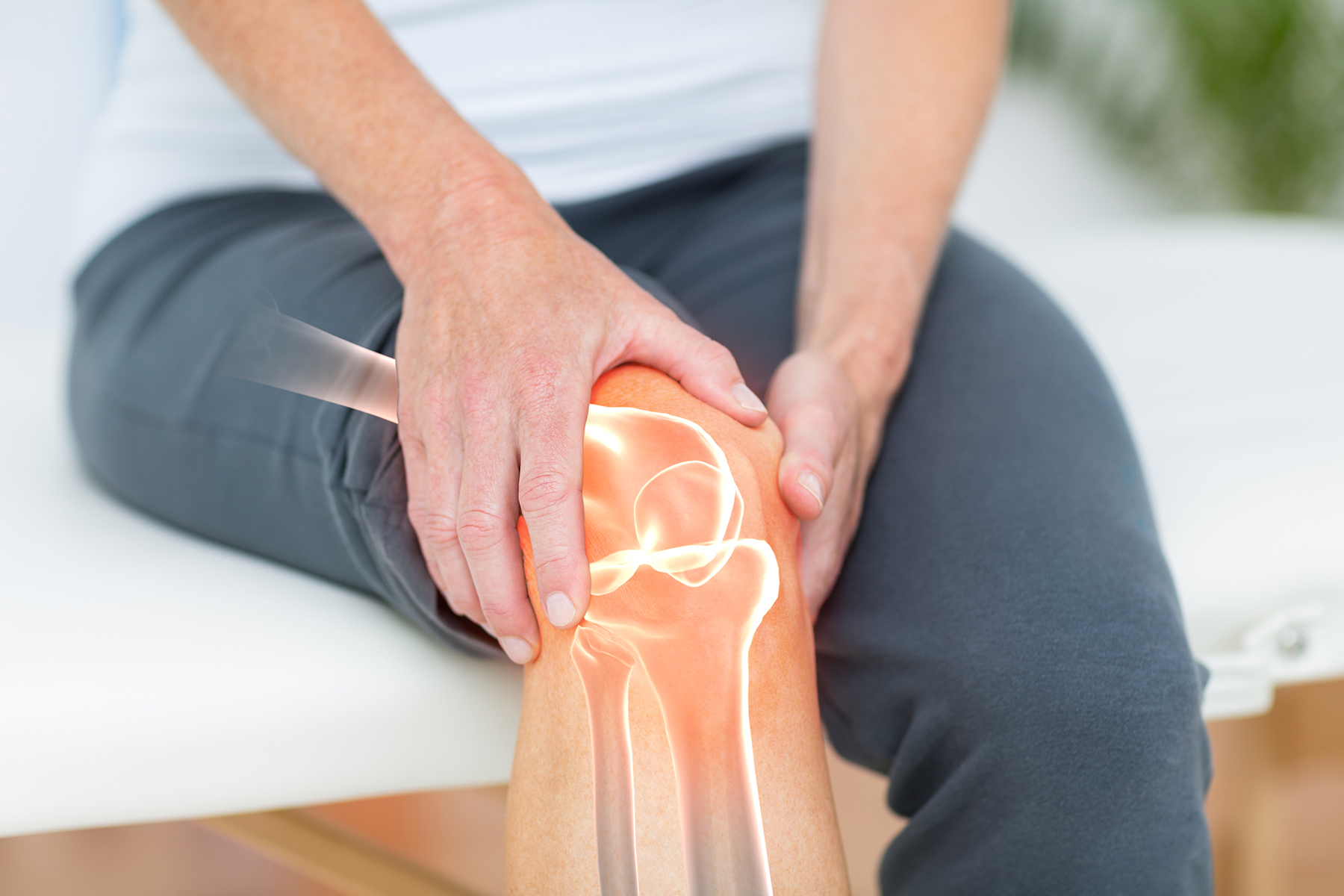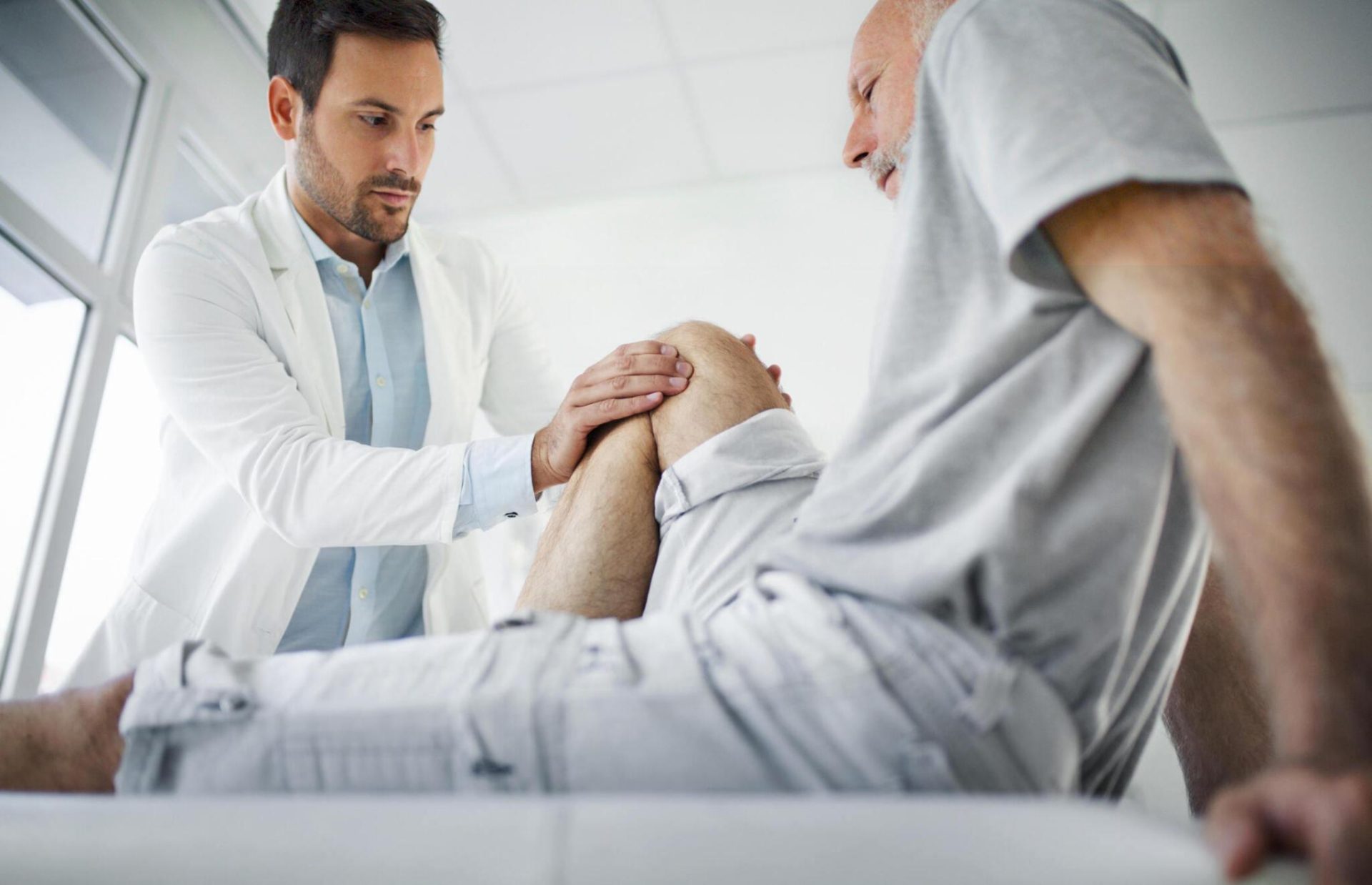- Home
- About Us
- Book Appointment
- Treatments
- Alzheimer’s Disease
- Anti-Aging
- Autism
- Autoimmune Disorders
- Back Pain
- COPD
- Crohns Disease And Ulcerative Colitis
- Erectile dysfunction and Penis enlargement
- Fibromyalgia
- Hip Pain
- Knee Pain
- Lupus
- Lyme Disease
- Multiple Sclerosis
- Muscular dystrophy
- Parkinsons Disease
- Peripheral And Diabetic Neuropathy
- Post Cancer Treatments
- Post Stroke Recovery
- Psoriasis
- Rheumatoid Arthritis
- Shoulder Pain
- Join The Club
- Aesthetics
- Blog
- Contact Us
More than 50 percent of men above the age of 70 years and 16 percent of women over 50 years experience meniscus tears.
Nearly 60 people out of 100,000 population are prone to go through knee meniscus tears during their lifetime.
The meniscus is a C-shaped knee cartilage that also acts like a shock absorber. These are rubbery disks that provide cushioning to the knee joints.
Sudden and sharp reflexes such as twisting or rotating of the knees can cause meniscal tears.
In this blog, we will explore the possibilities of post-meniscectomy pain relief and alternatives to knee surgery for meniscus tears.
Overview of Post-Meniscectomy Syndrome
This is a condition that affects people who underwent meniscectomy surgery. It is a type of surgery to remove the damaged meniscus from the knees.
Symptoms
Signs of post-surgical complications include –
- Progressive limb deformity
- Narrow joint spacing
- Chondral and subchondral changes
- Excruciating pain for some weeks after the surgery
Conventional Treatments
Conventional treatment options for a torn meniscus are –
- Rest, elevation of the affected knee, and application of an ice pack on the injured area.
- Medications such as ibuprofen to reduce chronic knee pain of the knee. However, it is best not to consume anti-inflammatory medicines for up to 7 days before stem cell therapy.
- Application of knee braces or bandages for extra support and pain relief.
- Basic stretching exercises to reduce knee pain.
- A microsurgery to repair the torn meniscus.
Pain Relief Techniques
Some ways how torn meniscus patients can experience relief from pain are –
- Short-term pain relief with non-surgical methods
- Meniscus scaffolds to provide mid-term knee support
- Long-term relief with allograft transplantation
- Isolated cartilage repair offers better results if the menisci are reconstructed
Overview of Knee Meniscus Tear
Meniscal tear is a knee injury that affects the knee joints and cartilage. Signs of meniscus tears include pain, swelling, and stiffness at the affected spot. Moreover, it can restrict the mobility of a person.
Causes
Forcefully twisting the knees can cause meniscus damage. The chances of meniscal injuries increase when the whole weight of the body is put on the knees. Common causes of this type of injuries are –
- Heavy lifting
- Excessive running or sports activities
- Degenerative diseases of the knee
- Misalignment of the knee
- Previous injuries or trauma that directly impacts the knees
- Age-related conditions
Limitations of Traditional Post-Meniscectomy Syndrome Treatment
Limitations and side effects of traditional treatment for post-meniscectomy syndrome are –
- Decreased muscle strength
- Reduced range of motion
- Altered perception of bodily movements
- Abnormal walking
- Biochemical factors increase the symptoms of osteoarthritis
Traditional Pain Management Methods
Traditional pain management for post-meniscectomy syndrome are –
- Rest, application of ice packs, pain medication, physical therapy, and anti-inflammatory drugs.
- A rehabilitation program for up to 24 weeks to let the patient develop new meniscus tissues.
- Scaffolds of the meniscus that offer mid-term pain relief after meniscectomy.
- Joint replacements are suggested for later stages of the surgery if the patient does not get fruitful results.
Need for Innovative Treatment
It is possible to repair a fully torn meniscus without surgeries. However, complications may arise if the patient undergoes the wrong treatment. Sometimes, there is no alternative to knee replacement surgery. However, the advent of stem cell therapy and the latest scientific technology makes it possible to repair a torn meniscus without surgeries. This significantly reduces the chances of post-surgical complications.
Some of the innovative treatment options for post-meniscectomy syndrome include –
- Hyaluronic acid and cortisone injections are given to the affected joints.
- Platelet-rich plasma (PRP) therapy to naturally heal and repair.
- Stem cell therapy promotes natural regeneration of the damaged meniscus.
Read Also: How Successful is Sciatica Treatment with Stem Cell Therapy
Stem Cell Treatment for Post-Meniscectomy Syndrome
Stem cell therapy for knee meniscus tear treatment is a promising alternative. Let us explore the features of how stem cells promote natural meniscus repair without surgeries –
- Stem cells can identify and transform into chondrocytes which are cartilage cells needed to repair a damaged meniscus.
- MSCs migrate to the site of the injury or disease to start fixing the core cause of the issue.
- Stem cells accelerate the secretion of cytokines and chemokines that help to heal a damaged meniscus.
- Stem cells release growth factors that promote tissue and cell regeneration.
- MSCs are anti-inflammatory, immunomodulatory, and regenerative allowing self-healing of damaged tissues.
Characteristics of Mesenchymal Stem Cells
Mesenchymal stem cells (MSCs) are derived from human umbilical cord tissues (Wharton’s Jelly). These cells act as the body’s repair system. Some of the unique properties of MSCs are –
- Undivided in the primary stages with no specific functions.
- Ability to consistently renew and multiply stem cells required for healing.
- Has the potential to transform into any type of stem cell.
- Stem cells are collected from different parts of the body and are differently potent and highlight multiple regenerative abilities.
- MSCs are anti-inflammatory and prevent the chances of several diseases.
- Stem cells can improve the actions of the immune system and help fight infections better.
Benefits of Treatment
Some of the benefits of stem cell therapy for knee pain are –
- MSCs transform into cartilage cells that promote meniscus regeneration.
- Alleviates knee pain and promotes tissue recovery.
- The ability of MSCs to migrate to the area of inflammation, injury, or disease.
- Accelerates self-healing through cytokines and chemokines secretion.
- MSCs are abundantly accessible.
- Stem cells prevent inflammation of the damaged meniscus tissues and cells.
- MSCs promote cell activation in the area of damage.
- Mesenchymal stem cells quickly multiply when they come in contact with damaged tissues or cells.
- Stem cells promote the production of beta 1 growth factors.
- MSC migration is beneficial to regrow connective tissues.
- Stem cells accelerate blood vessel formation.
- Stem cells can easily transform into meniscal tissues.
Administration Procedure
Stem cells are administered non-surgically using minimally invasive methods. Common application methods include –
- Intravenous infusions are injected through the veins.
- Intraarticular injections are given directly at the injury site.
- Intramuscular injections are introduced through an appropriate muscle near the affected region.
The doctors determine the administration process after evaluating the patient’s age, gender, and severity of the meniscal tear.
Read Also: Discover the Future of Healing: Regenerative Medicine and Stem Cell Therapy in Miami
Patient Success Stories
Stem cell therapy is a highly successful treatment for repairing meniscus tears. Patient case study results highlight –
Case Studies
- Case Study 1 – A patient highlighted no signs of back, hip, or knee pain after only 1 session of stem cell therapy.
- Case Study 2 – Another patient had improved mobility after attending the second session of their stem cell treatment.
- Case Study 3 – An athlete highlighted up to 40 percent improvement in their knee strength 3 months after their stem cell therapy.
- Case Study 4 – A patient was given injections of mesenchymal stem cells after a partial meniscectomy surgery. The patient did not experience any pain for up to 2 years after the therapy.
Scope of Future Improvements
Recent research related to knee joint regeneration and meniscus repair therapy without surgery highlights –
- MSCs can fully regenerate a torn meniscus.
- Synovial MSCs in the knee joints can promote self-healing for knee injuries.
- MSCs derived from the bone marrow are directly injected at the knee injury site.
Phenomenal advancements in world-class technology paved the way for stem cell experts to integrate this regenerative therapy with surgical interventions. Some common knee improvement surgeries using stem cells include –
- A non-surgical stem cell transplant injection that repairs damaged tissues and cells.
- Stem cell injections can be applied directly to the lesion, with a scaffold, or through channels made in the veins.
Advancements in Stem Cell Therapy for Other Orthopedic Conditions
The transformation of MSCs into mesodermal tissues helps to form bones, tendons, muscles, cartilage, and ligaments. Let us find out how stem cells can heal orthopedic conditions are –
- Stem cell scaffolds using tri-calcium phosphate for healing bone defect traumas.
- Stem cell spinal fusions to assist peripheral nerve surgery.
- Reverse the symptoms and prevent the causes of intervertebral disc degeneration.
- MSCs can replace joint surgeries with three-dimensional scaffolds.
- Heal articular cartilage damage of the meniscus.
Conclusion
It is imperative to know that stem cells cannot regrow a new meniscus. So, patients who do not have a meniscus cannot benefit from stem cell therapy. However, patients who have an injured meniscus can significantly benefit from this treatment as it promotes natural healing.
The Life Altering Stem Cell Therapy Institute is a renowned clinic in Mexico with world-class doctors and infrastructure.
Talk to us today to learn more about the benefits and results of our stem cell treatment for meniscus tears. We not only help to repair your damaged knee joint but also prepare you to return to regular activities. Bid goodbye to chronic knee pain forever!







